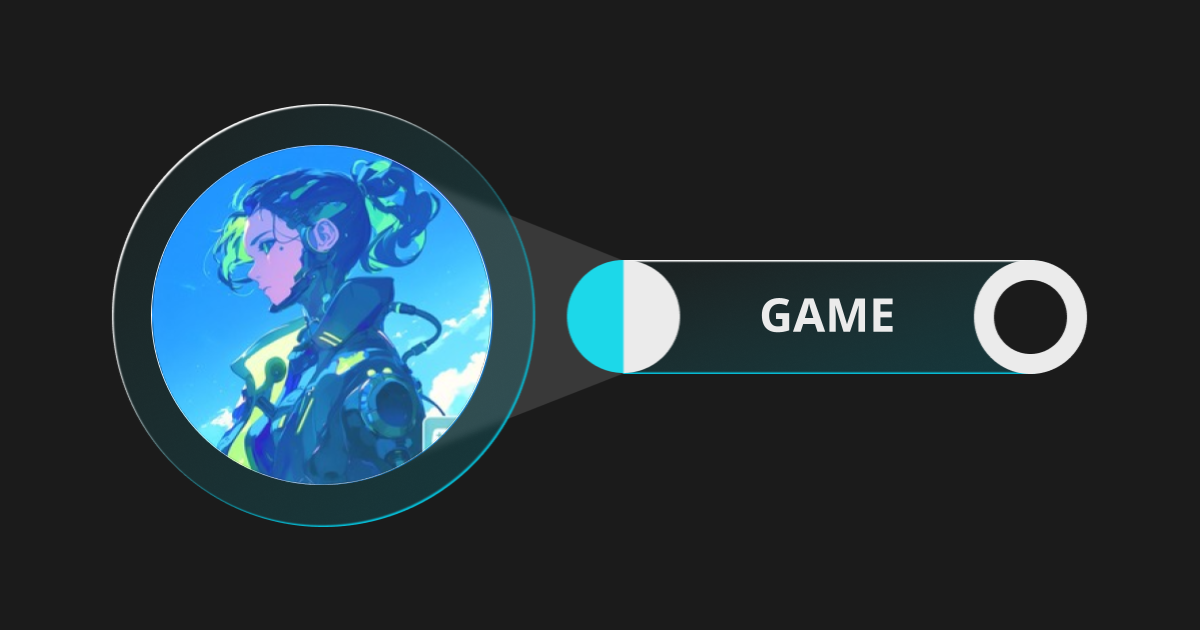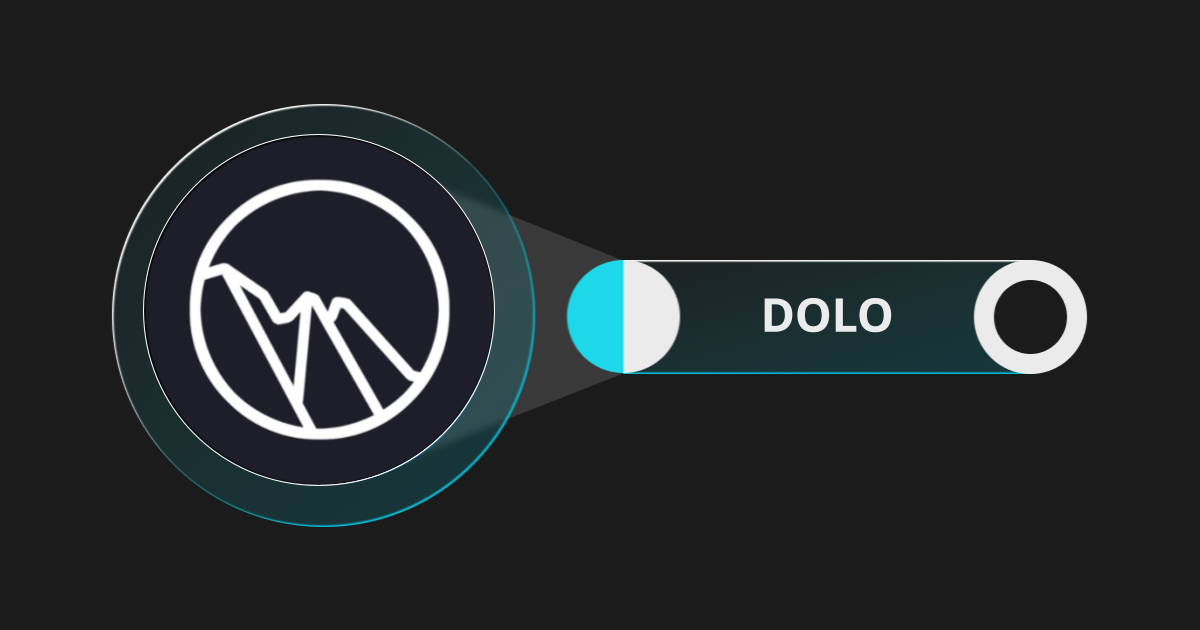
GAME by Virtuals (GAME): Autonomous Agents with Simplicity
What is GAME by Virtuals (GAME)?
GAME by Virtuals (GAME) is a modular, low-code framework designed to help developers build and deploy autonomous agents with ease. These agents can make decisions, plan actions, and interact with other agents based on the information provided to them. GAME simplifies the process of creating agents that can work across different platforms, from social media sites like Twitter (now X) to video games and other applications. It allows these agents to operate independently, performing tasks and making decisions without human intervention.
The key feature of GAME is that it’s a "decision-making engine" built on powerful foundation models. This means that agents powered by GAME can think, plan, and execute actions based on a set of goals, information, and available functions. Developers don’t need to focus on the technical complexities behind creating autonomous agents—they can simply use GAME to build and deploy these agents with minimal code.
Who Created GAME by Virtuals (GAME)?
GAME was developed by Virtuals, a technology company that specializes in creating autonomous agents and supporting agent-to-agent interactions.
What VCs Back GAME by Virtuals (GAME)?
While the specific venture capital firms backing Virtuals are not publicly known, the company has received attention for its innovative approach to making agent development easier and more accessible.
How GAME by Virtuals (GAME) Works
The GAME framework is divided into several modular components that work together to make autonomous agents capable of performing tasks and making decisions. At its core, GAME is made up of two main planners: the High-Level Planner (HLP) and the Low-Level Planner (LLP). These planners help define how an agent thinks, makes decisions, and takes actions.
High-Level Planner (HLP)
The High-Level Planner is responsible for setting the agent’s goals, providing context for decision-making, and determining the available actions or functions that the agent can execute. Developers define the agent’s goals, personality, and the relevant information the agent will use to make decisions. These attributes include descriptions of the agent’s environment, its current state, and any locations or tools available for action.
Low-Level Planner (LLP)
Once the High-Level Planner has set the agent’s goals and context, the Low-Level Planner takes over to ensure that the actions the agent plans are feasible and grounded in the real world. The LLP is where the agent’s functions are defined—these functions represent the actual actions the agent can perform. Whether it’s sending a tweet, playing a game, or performing a trade, the Low-Level Planner makes sure the agent can carry out these tasks effectively.
Plug-and-Play Integration
One of the standout features of GAME is its "plug-and-play" approach to integrating autonomous agents into existing platforms. For example, developers can easily deploy a Twitter/X agent using the Virtuals Protocol Platform Application. This setup provides a quick way to get an agent running on Twitter/X, where it can interact with other users, send tweets, and carry out other actions.
Beyond social media, GAME also supports broader integrations, including gaming environments, messaging platforms like Telegram, and other applications. Developers can use GAME-as-a-Service to build custom agents for their own use cases, providing full flexibility and control over the agent’s behavior and functions.
Multi-Agent Systems
GAME also supports multi-agent systems, which means multiple agents can work together, communicate, and perform tasks as a team. This capability is especially useful for applications that require collaborative decision-making. For example, GAME can be used to create agents that interact with each other in complex environments, such as trading systems, gaming scenarios, or even automated customer service platforms.
Developers can expose their agents via an API and hook up GAME to call custom functions. For instance, if an agent is designed to analyze trades and perform them, GAME can call the agent’s functions to complete the tasks and return the trade information. This flexibility makes GAME an ideal framework for developers who want to create more sophisticated, collaborative agents.
GAME Goes Live on Bitget
GAME by Virtuals is revolutionizing the way we build and interact with autonomous agents. Its simple, low-code framework and flexible modular structure allow developers to create powerful, intelligent agents that can make decisions and execute tasks across a wide range of platforms. Whether it’s for social media, games, or other applications, GAME makes it easier than ever to integrate autonomous agents into your projects. By simplifying the process and providing full control over agent behavior, GAME is paving the way for the next generation of intelligent, autonomous systems.
Trade GAME on Bitget to support and join the game changer of autonomous agents!
How to Trade GAME on Bitget
Listing time: January 20, 2025
Step 1: Go to GAMEUSDT spot trading page
Step 2: Enter the amount and the type of order, then click Buy/Sell
Trade GAME on Bitget now!
Disclaimer: The opinions expressed in this article are for informational purposes only. This article does not constitute an endorsement of any of the products and services discussed or investment, financial, or trading advice. Qualified professionals should be consulted prior to making financial decisions.



